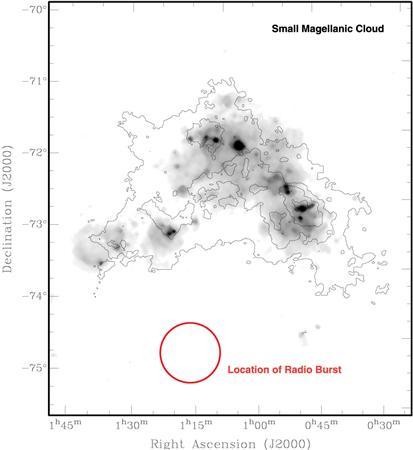Astronomers at The Dish, an Australian radio telescope, have finally discovered the source of a vexing, strange interference which baffled scientists for 17 years.
Commonwealth Scientific and Industrial Research Organisation (CSIRO)'s head astrophysicist Simon Johnston shared that several times a year, signals were detected within a 5 kilometer radius of New South Wales' Parkes Observatory, the Guardian reported.
Known as perytons, the signals were first theorized to have been brought about by local lightning occurrences.
The observatory decided to install a receiver to be able to accurately monitor the interference and it captured strong signals which read 2.4 GHz.
When the CSIRO scientists tested the receiver in the lunch room, the microwave was opened because a food was being heated. Perytons popped like popcorns in the receiver, reading four gigahertz, figures specific only to microwave ovens.
A series of brief, bursting radio waves could be produced when a microwave oven is opened before its timer goes off because magnetron, the parts that produce microwaves, is not completely turned off yet.
"Radio emission escaping from microwave ovens during the magnetron shut-down phase neatly explain all of the observed properties of the peryton signals," Boston News Time quoted Johnston as saying.
Other tests showed that a peryton could be produced at 1.4 GHz every single time a microwave door is prematurely opened and the testing telescope is positioned at the most appropriate angle.
While researchers might have uncovered the mystery behind perytons, what is specifically causing it has remained a secret.
In January, CSIRO astronomers were able to witness fast radio bursts in the space. Lasting a second, the first radio burst recording was caught in 2007 with the use of Parkes telescope.
The discovery has brought scientists closer to fully understanding the alien phenomenon, ruling out kitchen appliances' signals in their receiver's end.



























